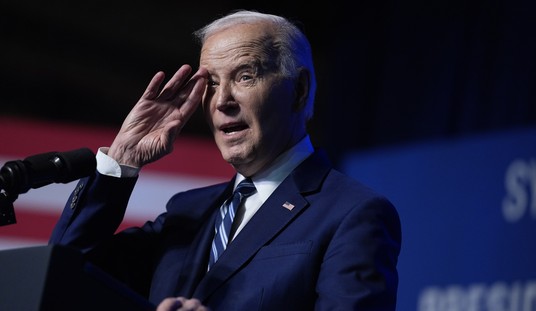Today’s kids spend an average of five-and-a-half hours a day watching the variety of media available in their homes — television, playing video games, surfing the Web or using some other type of media. In fact, nearly half of all families own all four of the major media — television, VCR, video games and computer. Some experts refer to “media clutter” in describing the options that are available to children in their own homes, with 57 percent of the nation’s children having a television in their own bedrooms. Further, the media landscape continues to expand with CDs, DVDs, and MP3s. With such exploding choices available to children, parents have difficulty in monitoring what their kids are watching and hearing.
One of the most detrimental influences on children in media is marketing, and that marketing extends far beyond the television screen or computer monitor. The question, then, is whether parents — and the public — will continue to allow commercial interests to take precedence over the well-being of the nation’s children.
Industry spending on advertising to children has dramatically increased over the past decade with a current price tag of over $2 billion. Brian L. Wilcox, chair of the American Psychological Association’s Task Force on Advertising and Children, said, “The clearest evidence we have that television influences children’s thinking and behavior is the fact that advertisers invest literally billions of dollars trying to influence the perceptions, choices and behaviors of children through advertising. We know very well that they wouldn’t be investing the amount of money they do without clear evidence that those messages are influencing kids.” Studies show that on average we see 3,000 advertisements per day. The Russian space program even launched a rocket that had a 30-foot Pizza Hut logo. We have grown used to what the marketers call “ambient advertising” — ads on cars, buses, park benches, elevator walls, stadiums names, clothing and on celebrity’s sports equipment.
Recommended
Product placement has become a ubiquitous advertising tool targeting children. For instance, in the 1982 film, ET, having the candy Reese’s Pieces in a pivotal scene resulted in an increase of 65 percent in sales of the product. Such product placement is now commonplace and a highly effective marketing tool.
With the help of researchers and psychologists, advertisers understand what motivates children; they have in-depth knowledge about kids’ developmental, emotional and social needs at the various stages of their development. Advertisements utilize that analysis to tap into children’s behavior and dreams with very sophisticated marketing strategies. Even very young children today can identify hundreds of specific logos and mascots.
Parents have ready access to resources to help train their children to deal with the barrage of advertising they receive through media. The website “Zillions” is a teen’s version of Consumer Reports. There, parents and children can review the ratings for toys, crafts and games and compare the ratings to the marketing claims about these products. There is an award-winning children’s program called “Street Cents” that tests various consumer products for their “truth in advertising.” And other resources abound.
As media options have proliferated, so have concerns about the quality of media available to children and its impact on their lives and potential. Growing numbers of parents, educators, researchers and policy makers note the absence of quality programming for children and young people. Equally disturbing is the growing availability of questionable entertainment with gratuitous violence, sexual content, and negative role models. Numerous studies have documented the effects of media on children and the power of media in the lives of children and young people.
One psychologist explained, “Parents used to be the channel through which children learned about the outside world.” Family used to be isolated from the public as a safe haven where the parents determined when, if and what the child saw beyond the home. With the invasion of media, the family sphere is now permeable, and the outside world constantly pervades the living rooms, kitchens and bedrooms of our homes. An articulate scholar put it well: “TV takes our kids across the globe before parents give them permission to cross the street.”
Few of us would deny the power and influence of television and other media on children’s lives. Parents face the challenge of keeping media from becoming a wedge that drives the family apart; they also face the challenge of shaping their children’s values, attitudes and beliefs, rather than having today’s media be the major influence on their children’s future. Media’s impact in America’s homes is huge. Will it be used to enhance children’s well-being or detract from the influence of the parents?






















Join the conversation as a VIP Member